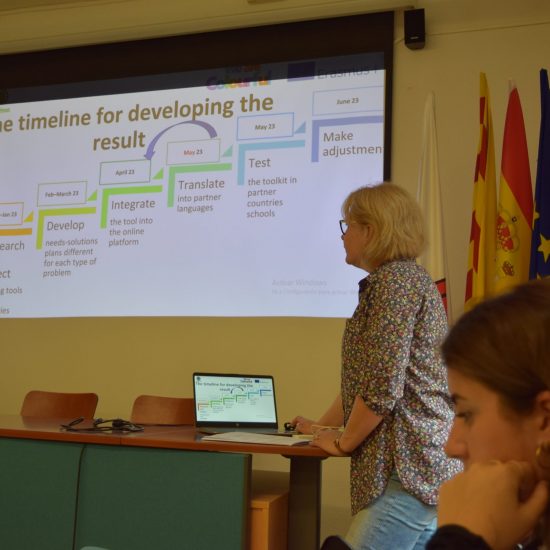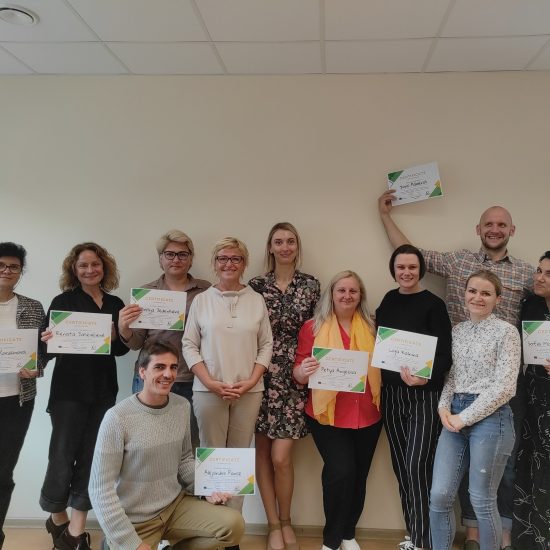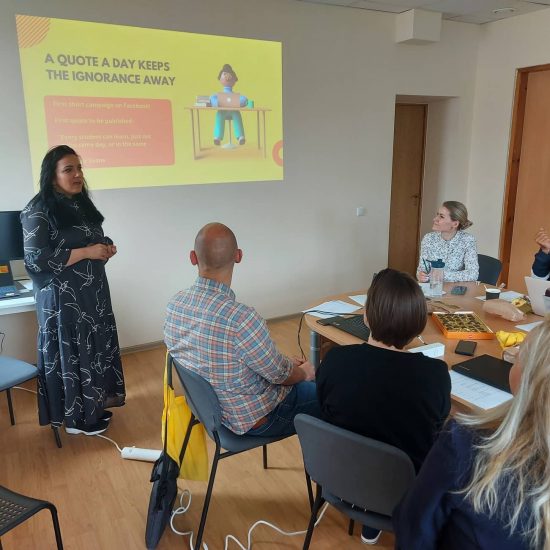How Inclusive Education Contributes to Development in the Community
Education should be an environment where all children can participate and learn. Schools, classrooms, programs, and lessons need to be designed in a way that actively involves every child. Inclusion emphasizes the development of friendships, relationships, and mutual respect between all children and between children and teachers in the school. Therefore, it is important to understand that inclusive education is not limited to a select few children. It is not a readiness that a child must attain to be included. All children are always ready to attend regular schools and classrooms. Their participation should not be earned but rather considered a basic right.
Inclusive education prompts us to think creatively and make our schools a place where all children can actively participate. This creativity may involve teachers learning new teaching methods or designing lessons to ensure the involvement of every child. Every child should be appreciated and accepted throughout their life.
Successful inclusive education practices encompass several key features. Firstly, it involves unconditionally accepting all children into regular classes and integrating them fully into the school community. Necessary support is provided to children, teachers, and classrooms to ensure the active participation of all students. Rather than focusing on what children cannot do, we need to emphasize their capabilities and strengths. Both teachers and parents hold high expectations for every child, fostering a culture of belief in their potential.
Each child has unique abilities and sets individualized education goals accordingly. This allows children to progress at their own pace while learning alongside their peers in regular classrooms. Schools and classrooms are designed in ways that facilitate optimal learning and achievement for all students, including providing individual attention when needed. Strong leadership is crucial from school principals and administrators. Teachers need to be equipped with knowledge about various teaching methods to cater to the diverse abilities and strengths of their students. Collaboration between principals, teachers, parents, and other stakeholders plays a significant role in determining effective strategies for providing a quality education within an inclusive environment.
The benefits of inclusive education have been widely recognized. When implemented well, it allows all children to become active members of their community, fostering a sense of belonging and preparing them for life as both children and adults. Inclusive classrooms provide enhanced opportunities for learning, as children are often motivated when they learn alongside their peers. When raising expectations for all children we help them build their own strengths and skills. All parents need to get involved in their children’s education, creating a caring atmosphere where people with different abilities and points of view are respected and valued.
Around the world, children are excluded from schools where they belong because of disability, race, language, religion, gender, and poverty.
But every child has the right to be supported by their parents and community to grow, learn, and develop in the early years, and, upon reaching school age, to go to school and be welcomed and included by teachers and peers alike. When all children, regardless of their differences, are educated together, everyone benefits—this is the cornerstone of inclusive education.








